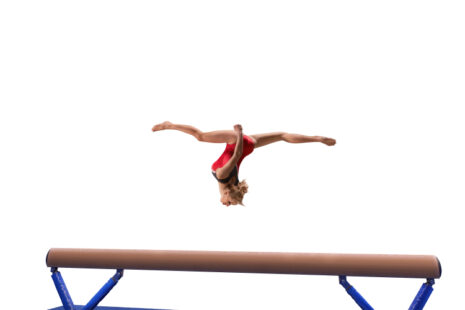The length of time required for physical therapy (PT) for shoulder injuries can vary widely depending on several key factors, including the type and severity of the injury, the patient’s overall health, and their commitment to the rehabilitation process. Understanding these variables can help set realistic expectations and contribute to a more successful recovery.
Here’s an overview of what to consider when estimating the duration of PT for shoulder injuries…
Types of Shoulder Injuries
- Minor Strains and Sprains – Recovery from minor injuries can be relatively quick, with noticeable improvements within a few weeks of starting PT.
- Rotator Cuff Tears – Depending on the severity, conservative treatment for rotator cuff injuries may require several months of PT, while surgical recovery could extend the timeline further.
- Shoulder Dislocations or Fractures – These more severe injuries often necessitate a longer period of PT, potentially lasting several months, to regain full function and strength.
Factors Influencing PT Duration
Severity of the Injury
- The more severe the injury, the longer the rehabilitation process typically takes. Complete recovery includes not just pain relief but also restoration of strength, flexibility, and function.
Patient Compliance
- Adherence to prescribed PT sessions and at-home exercises significantly impacts recovery time. Patients dedicated to their rehabilitation program tend to see faster and more sustained improvements.
Age and Overall Health
- Younger individuals and those in better physical condition before the injury generally recover more quickly. Pre-existing conditions or age-related factors might prolong the rehabilitation process.
Goals and Lifestyle
- The patient’s personal goals, such as returning to competitive sports or heavy labor, may extend the PT duration to ensure they can safely resume these activities.
What to Expect During PT
- Initial Phase – Focuses on reducing pain and inflammation through modalities like ice, heat, and gentle mobilization.
- Middle Phase – As pain decreases, exercises to improve range of motion, strength, and flexibility are gradually introduced.
- Final Phase – Advanced strengthening exercises and functional training tailored to the patient’s specific activities or sports are implemented to prepare for a return to normal activity.
Strategies to Optimize Recovery
- Consistent Participation – Regularly attending PT sessions and performing prescribed home exercises can expedite recovery.
- Open Communication – Keeping an open line of communication with your physical therapist about pain levels and progress can help adjust the treatment plan as needed.
- Lifestyle Modifications – Implementing ergonomic adjustments and maintaining a healthy lifestyle can support the healing process.
The duration of physical therapy for shoulder injuries depends on various factors, including the injury’s severity, the patient’s health and lifestyle, and their adherence to the rehabilitation program. While minor injuries may see quick improvements, more severe conditions require a longer commitment to PT. Setting realistic goals, maintaining consistent participation, and communicating openly with healthcare providers is key to a successful recovery.




